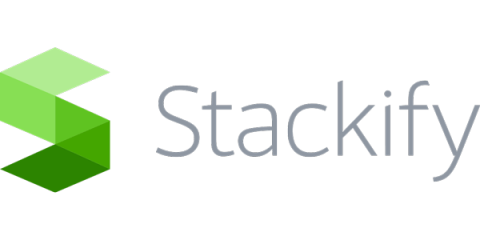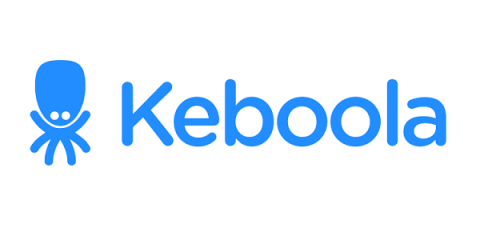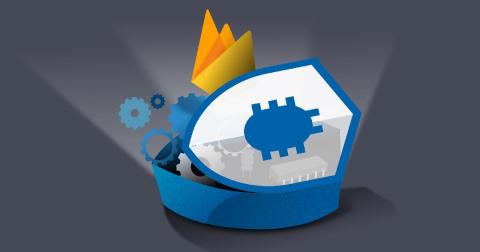Go Fast: Getting Started with Sanic for Python
Tired of waiting for sluggish HTTP requests to complete before your backend code can proceed with other things? Sanic is an asynchronous web framework in Python, that is built to be fast. In a world where Flask and Django are the most preferred web development options in Python, Sanic is the new kid on the block. It’s a promising alternative that is not only faster but also delivers efficiency, simplicity, and scalability.











